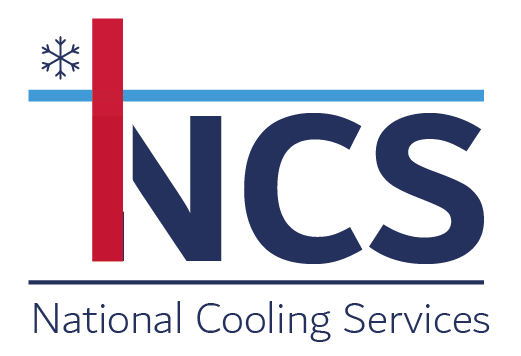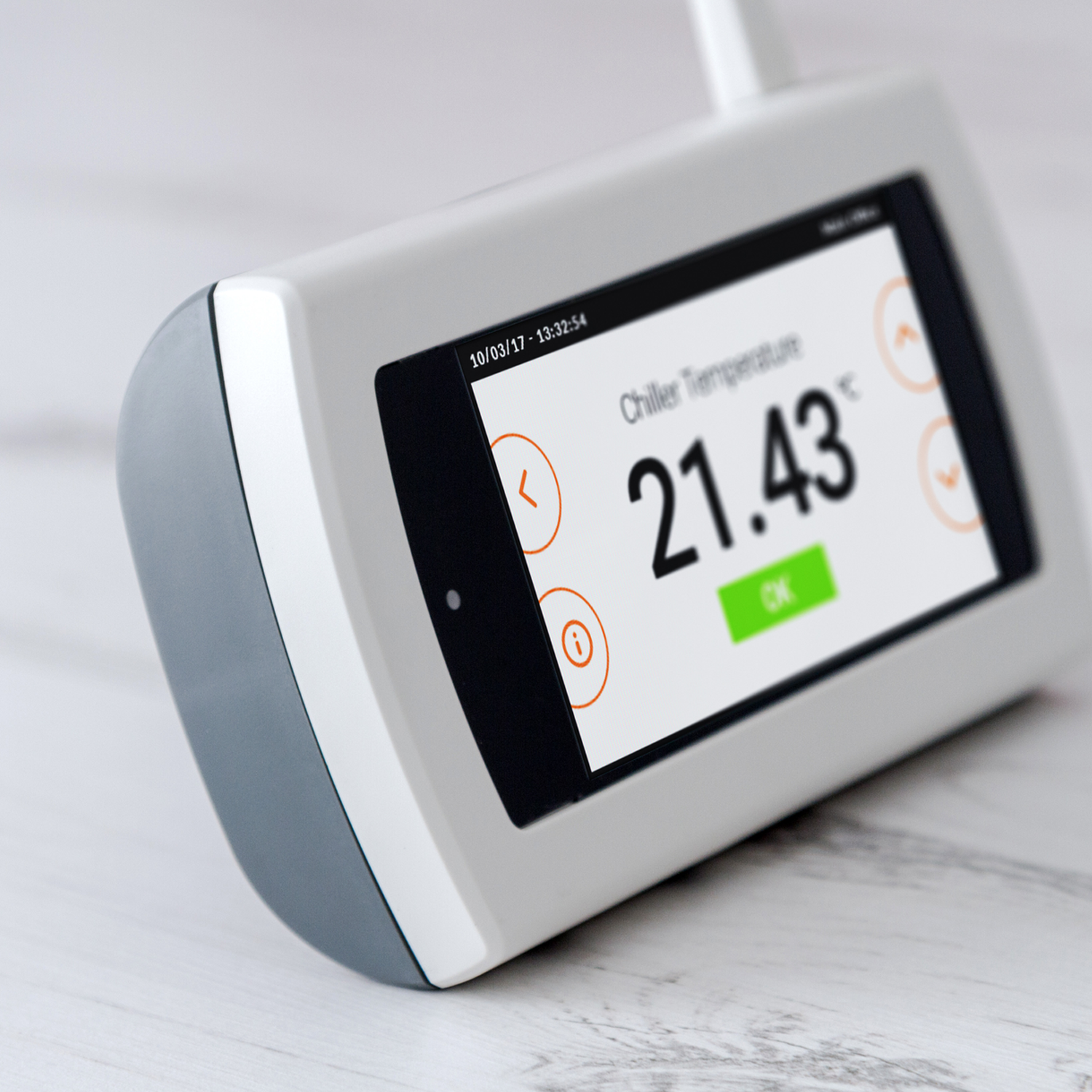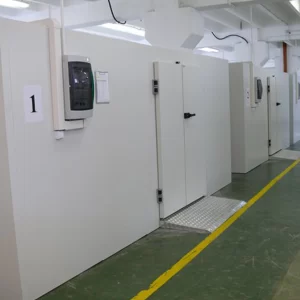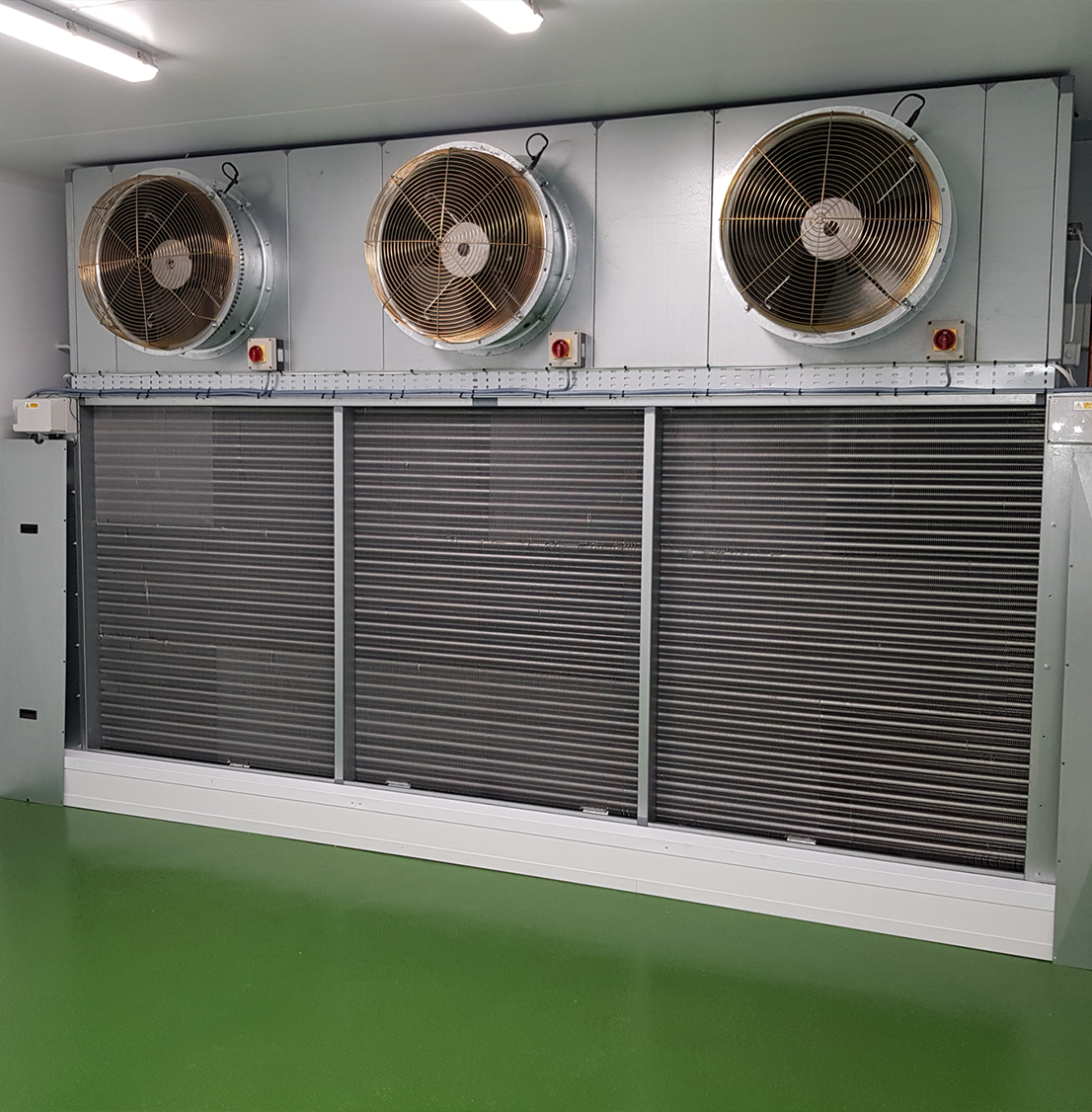David Harris
- David Harris
Optimal Temperature Settings for Walk-In Chillers in the UK
Maintaining the correct temperature in a walk-in chiller is crucial for the preservation of perishable goods, ensuring food safety, and complying with regulatory standards. In the UK, the importance of setting the appropriate temperature for walk-in chillers cannot be overstated, particularly in the food industry where health and safety regulations are stringent. This article delves into the recommended temperature ranges, the significance of these settings, and best practices for maintaining your walk-in chiller.
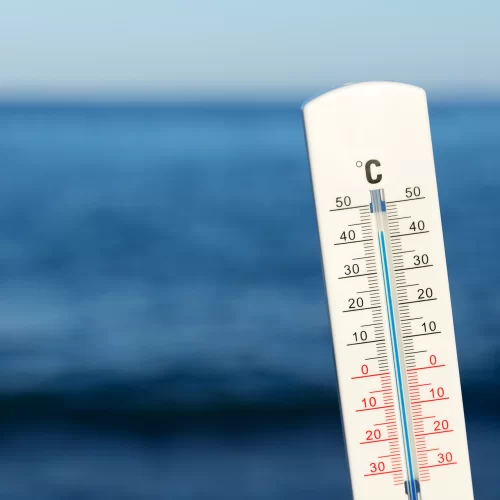
Recommended Temperature Ranges
For walk-in chillers used primarily in the food industry, the recommended temperature range is between 0°C and 5°C. This range is optimal for preserving the quality and safety of perishable goods such as meat, dairy, fruits, and vegetables. Specific items may have more precise requirements within this range:
- Fresh Meat and Poultry: 0°C to 2°C
- Dairy Products: 0°C to 4°C
- Fresh Produce: 2°C to 5°C
- Ready-to-Eat Foods: 3°C to 5°C
These temperatures help inhibit the growth of harmful bacteria, thus prolonging the shelf life of the products and ensuring they remain safe for consumption.
Significance of Correct Temperature Settings
Food Safety: Maintaining the proper temperature is essential to prevent the growth of pathogens like Listeria, Salmonella, and E. coli, which can cause foodborne illnesses.
Compliance with Regulations: UK food safety regulations, such as those enforced by the Food Standards Agency (FSA), require that food is stored at safe temperatures to ensure consumer safety. Non-compliance can lead to hefty fines, legal action, and damage to reputation.
Product Quality: Appropriate temperatures ensure that food products retain their texture, flavour, and nutritional value. For example, dairy products stored above 5°C can spoil quickly, while fresh produce may wilt or lose its freshness.
Energy Efficiency: Operating a chiller at the correct temperature helps in optimizing energy consumption. Overcooling can lead to unnecessary energy use and increased operational costs.
Best Practices for Maintaining Your Walk-In Chiller
Regular Monitoring: Use calibrated thermometers or digital monitoring systems to check the temperature regularly. Automated systems can provide real-time alerts if temperatures deviate from the set range.
Routine Maintenance: Schedule regular maintenance checks to ensure that the chiller’s components, such as the compressor, condenser, and insulation, are functioning correctly. Preventative maintenance can help avoid unexpected breakdowns and costly repairs.
Proper Loading: Avoid overloading the chiller, as this can obstruct airflow and result in uneven cooling. Ensure that products are stored with sufficient space between them for proper air circulation.
Hygiene Practices: Maintain a clean chiller environment to prevent contamination. Regularly clean shelves, walls, and floors, and implement strict hygiene protocols for staff handling the products.
Door Management: Minimize the frequency and duration of door openings to maintain a consistent internal temperature. Consider installing air curtains or strip curtains to reduce temperature fluctuations when the door is open.
Conclusion
Ensuring the correct temperature in a walk-in chiller is a critical aspect of food safety and quality control in the UK. By adhering to the recommended temperature ranges, regularly monitoring and maintaining the equipment, and following best practices for usage, businesses can safeguard their products and comply with regulatory standards. This not only helps in delivering safe and high-quality products to consumers but also enhances operational efficiency and sustainability.
Related Articles Below
Call us Now on 01283 330 084
or click below for a quote
